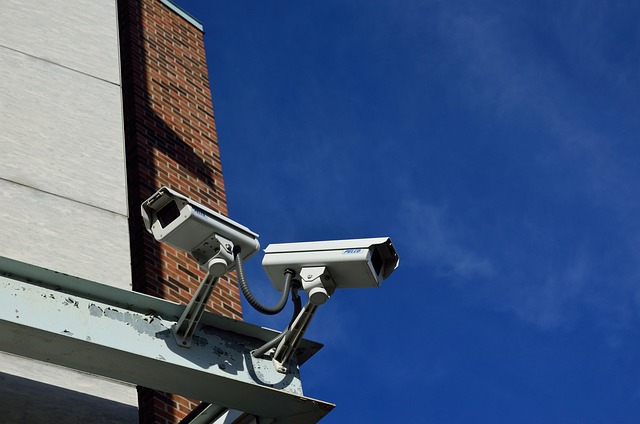Encryption is vital for securing video transmission in 24/7 remote surveillance systems, protecting data integrity and privacy through complex algorithms. Advanced standards like AES-256 safeguard content against unauthorized access, crucial for seamless live events. A comprehensive cybersecurity framework including firewalls, IDS, anti-malware, regular updates, employee training, and access controls bolsters security, with 24/7 remote surveillance detecting suspicious activities promptly.
In today’s digital age, secure video transmission is paramount, especially with the rise of 24/7 remote surveillance. Understanding encryption forms the cornerstone of safeguarding sensitive visual data from unauthorized access. This article delves into critical aspects of cybersecurity encryption for secure video streaming, exploring advanced encryption standards and robust frameworks to ensure uninterrupted, private feeds. We dissect challenges in implementing 24/7 remote surveillance while emphasizing best practices for maintaining a resilient cybersecurity posture.
Understanding Encryption: The Cornerstone of Secure Video Transmission
Encryption is a powerful tool that forms the cornerstone of secure video transmission in today’s digital age. It involves scrambling data, such as video and audio streams, using complex algorithms, making it unreadable to unauthorized users. This process ensures that even if the data is intercepted, it remains inaccessible without the decryption key.
In the context of 24/7 remote surveillance, encryption plays a vital role in protecting privacy and maintaining data integrity. When transmitting video feeds over the internet or other networks, encryption guarantees that sensitive information remains confidential and safe from potential cyber threats. By implementing robust encryption standards, organizations can ensure their video data is secure at all times, providing peace of mind for both users and viewers.
24/7 Remote Surveillance: Necessity and Challenges
In today’s digital age, 24/7 remote surveillance has become a necessity for businesses and organizations to protect their sensitive data and assets. With video transmission playing a crucial role in security protocols, ensuring secure and encrypted communication is paramount. The constant need for monitoring and observation, whether it’s for critical infrastructure protection or corporate espionage prevention, demands robust cybersecurity measures.
However, implementing 24/7 remote surveillance comes with its challenges. It requires sophisticated encryption techniques to safeguard video data during transmission, preventing unauthorized access and potential hacking attempts. With the increasing sophistication of cyber threats, organizations must stay ahead by adopting advanced encryption standards and protocols to maintain a secure environment for their video communication, ensuring confidentiality and integrity at all times.
Advanced Encryption Standards for Uninterrupted Streaming
Advanced Encryption Standards, like AES-256, play a pivotal role in ensuring uninterrupted streaming of videos while maintaining security. These standards employ robust algorithms to scramble data, making it unreadable to unauthorized users even if intercepted. With 24/7 remote surveillance capabilities, encryption ensures that video transmission remains seamless and protected from potential threats. This is particularly crucial for live events, where any disruption could significantly impact the viewer experience. By employing advanced encryption, streaming platforms can offer a secure environment for data exchange, fostering user confidence and ensuring uninterrupted access to content.
Implementing and Maintaining a Robust Cybersecurity Framework
Implementing and maintaining a robust cybersecurity framework is paramount for ensuring secure video transmission. This involves integrating advanced encryption protocols like AES-256, which scramble data to prevent unauthorized access. Regular updates and patches are essential to patch known vulnerabilities, as cyber threats evolve rapidly. Organizations should adopt a multi-layered security approach, combining firewalls, intrusion detection systems (IDS), and anti-malware software for comprehensive protection.
24/7 remote surveillance is another critical component. Dedicated security teams or AI-powered solutions can monitor networks in real-time, detecting suspicious activities immediately. Proactive measures like employee training on cybersecurity best practices and implementing strong access controls further strengthen the defense. Regular audits and penetration testing help identify weaknesses and ensure continuous improvement in security posture.
Cybersecurity encryption is no longer an option but a necessity in today’s digital landscape, especially with the rise of 24/7 remote surveillance. As we’ve explored, understanding encryption and implementing robust advanced encryption standards are key to ensuring secure video transmission. A comprehensive cybersecurity framework, that includes regular maintenance and updates, is vital to safeguard against evolving threats. By prioritizing these measures, organizations can protect sensitive data and maintain the integrity of their video streaming processes.
